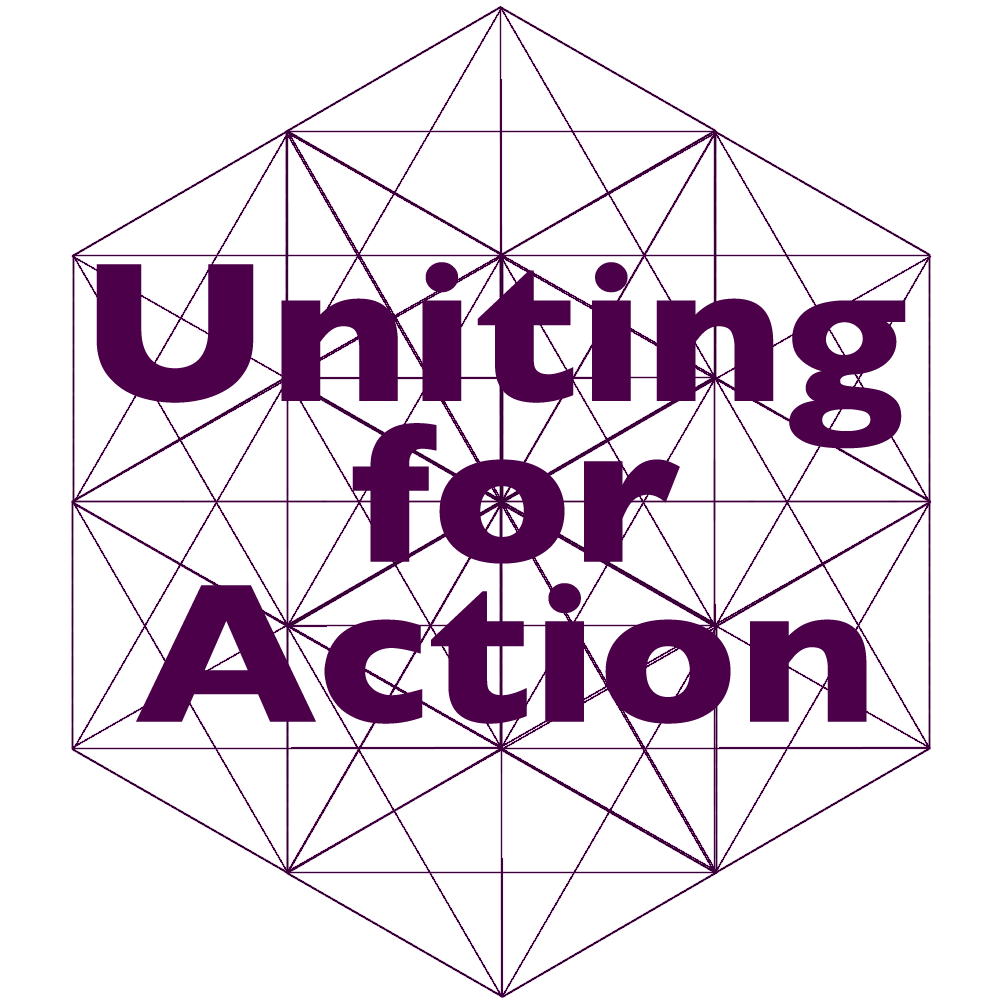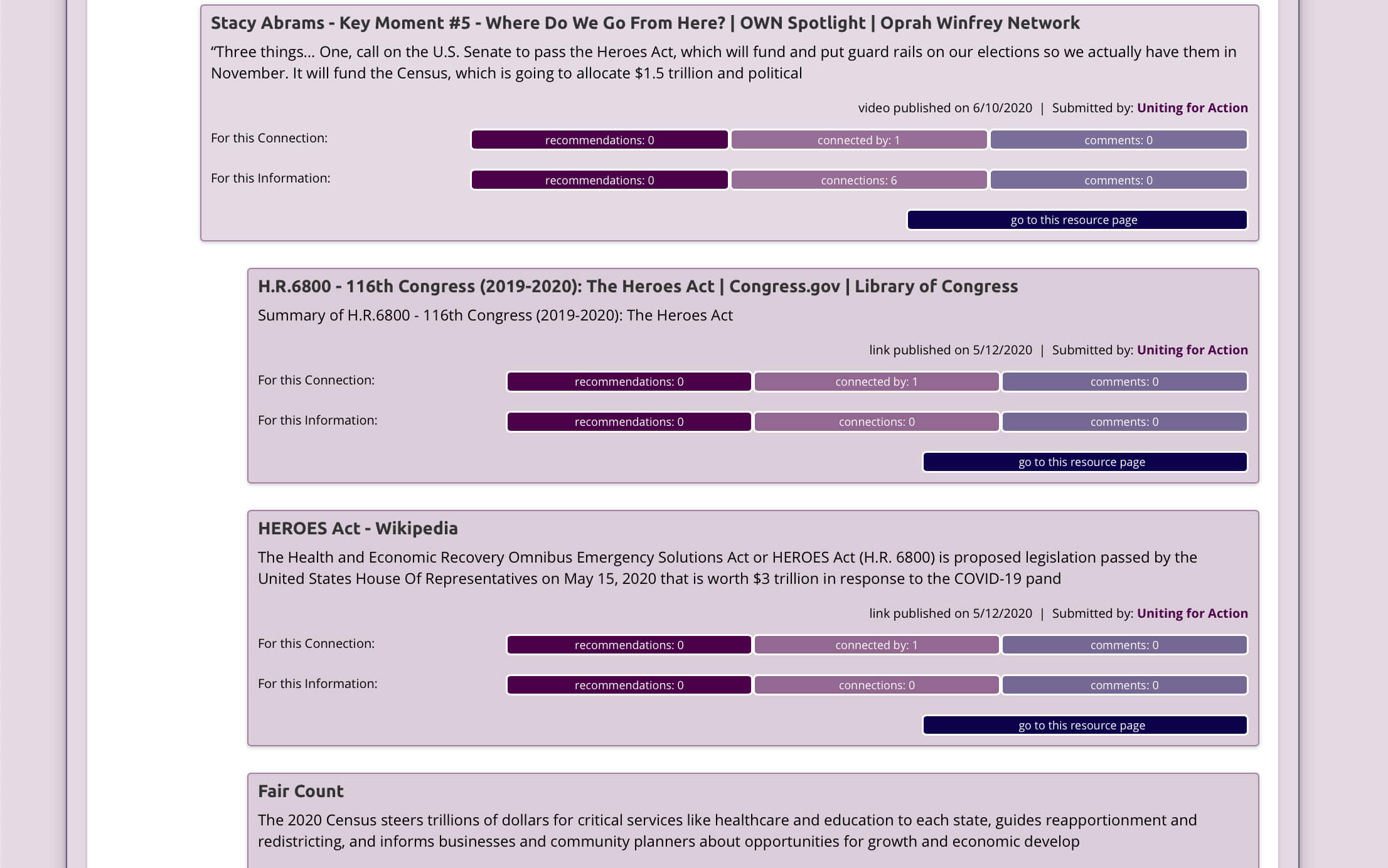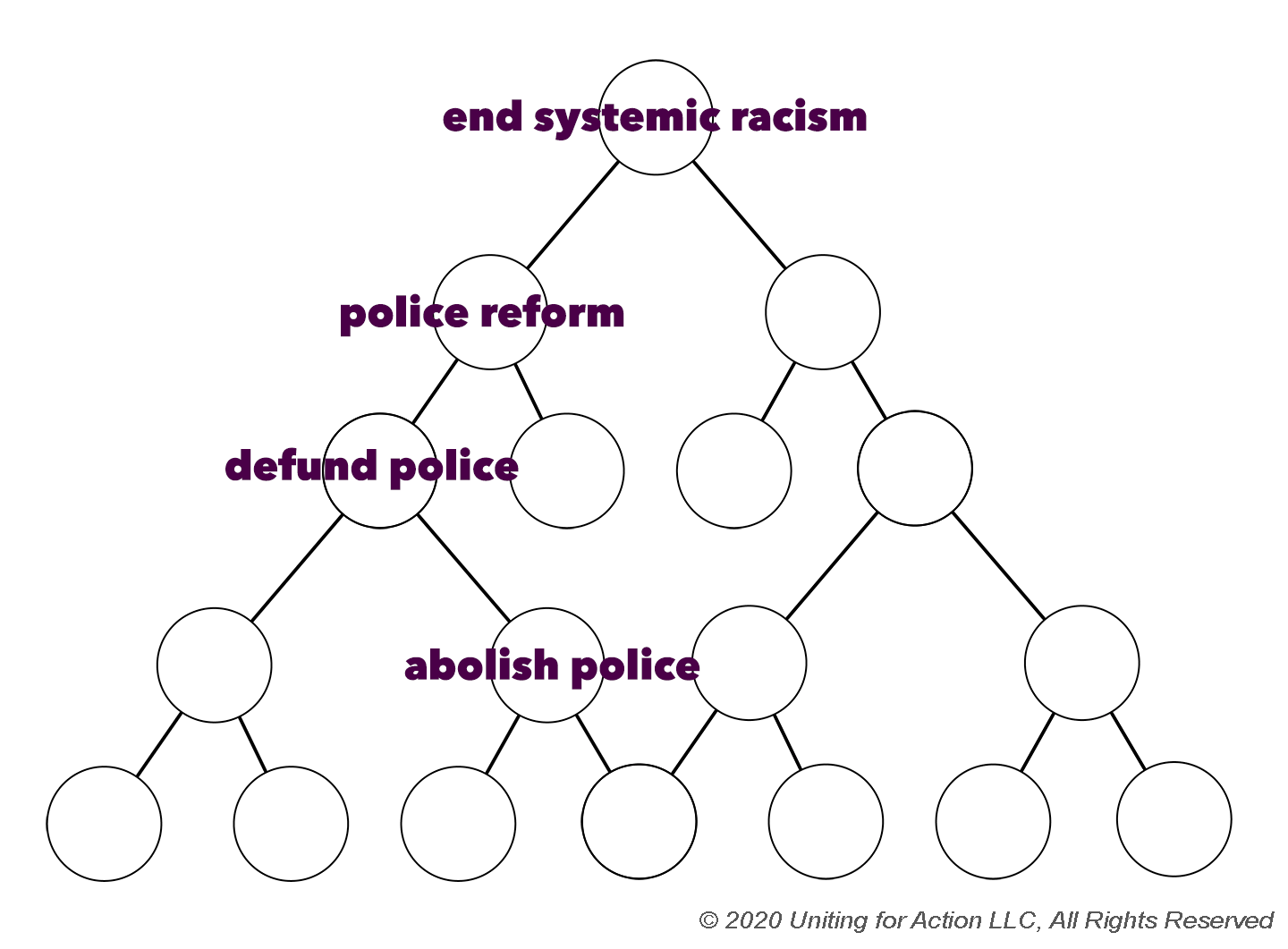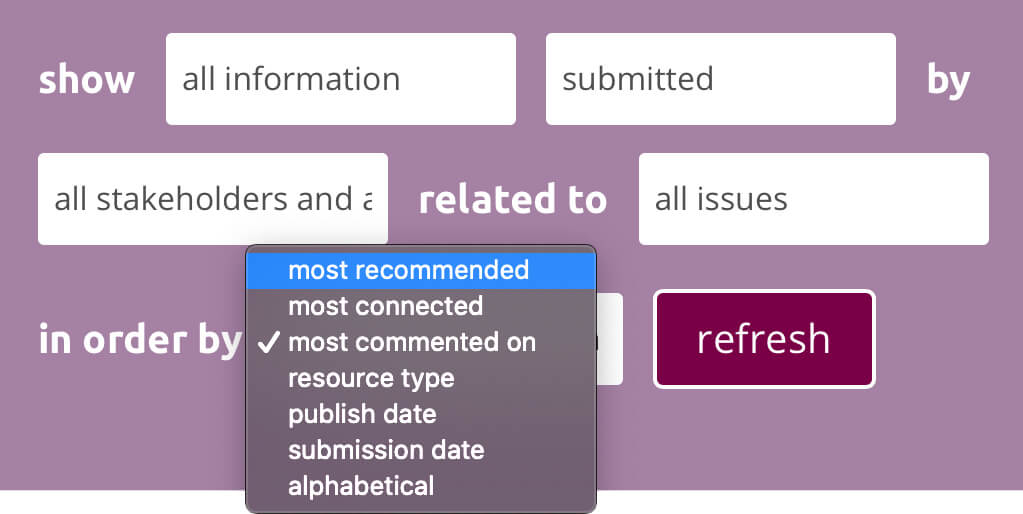Information for Action
– Case Studies
Addressing Information Overload
Information for Action helps address people’s limited time and attention in the face of an overwhelming amount of information.
Often times, people don’t feel that they have an hour or two to watch a video or read a book – even if they feel there is some valuable information to be gleaned.
The Challenge
The time and energy-consuming challenge of processing information to cherry-pick what is valuable to people often discourages them from making the effort.
Also, without them taking notes and organizing their notes, the information they process can easily become a jumble of information in their mind – usually not retrievable or referenceable in the future.
What Information for Action Makes Possible
What if instead of spending two hours watching a video, people could have a system extract and package for them just the few minutes of specific highlights that they’re interested in?
And what if that system could allow them to easily add the information they find valuable to their own personal Information Map?
Why Information for Action Is Effective
The Information for Action system does this by providing the tools to those individuals, groups, and organizations that are willing and able to make the effort to process the information, to break it down the information into its component parts, or key concepts.
In this way they are essentially creating a table of contents, or index, of the information for everyone else.
That way, people who want to jump right to what they’re interested in can easily do that.
Case Studies
– Providing a Starting Point
Growing from One to Many
In the following case studies, Uniting for Action has broken down the featured information to share a selection of highlights.
To begin with, there is only one evaluator of the information – Uniting for Action – so anyone utilizing the summary provided is limited to Uniting for Action’s judgement about the information.
But because the Information for Action system is a crowd-sourced system – which allows anyone to add Recommendations, Comments, Connections, and Insights right alongside of Uniting for Action’s – as others contribute, statistical guidance begins to come into play.
Collective Intelligence
The more and more Stakeholders and Advocates provide their input and guidance, the more data points there are to use as guidance.
While assessments within Information for Action will always start with the first evaluator, as soon as their assessment is joined by others, people can begin to rely on the collective intelligence of the community.
The community will let them know what are the most Recommended highlights related to a specific issue. Or what is the most Recommended Connected Information to see for more guidance about a particular topic.
Interpretive Guidance
In addition to the statistical guidance, people can access interpretive guidance by Stakeholders and Advocates whose opinions they value and trust.
Everyone can always filter the Information by using the query function to see it through the eyes of another user, and see just that user’s Recommendations, Connections, and Comments.
Benefiting from the Efforts of Others
In these ways, the Information for Action system allows everyone to benefit from all of the processing of information that everyone else before them has already done, and they can use all of that work to jump right to the aspects of the Information that is most important to them.









